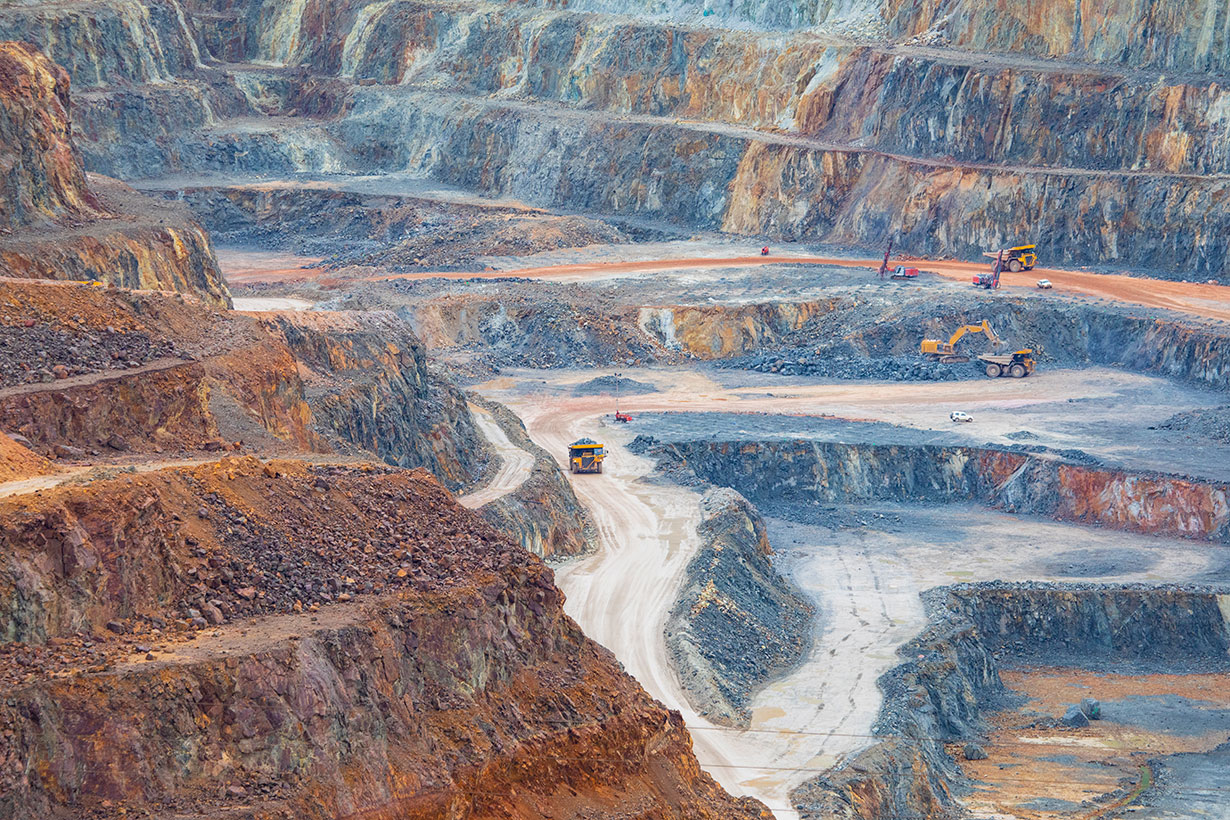CLOSE
About Elements
TANAKA is a leading company in the field of precious metals.
Advanced materials and solutions that support societal progress, the development stories behind them, the voices of engineers, and our management philosophy and vision—
Elements is an online media platform that shares insights that lead to a better society and a more prosperous future for the planet under the slogan “Mastering Precious Metals.”

The Essential Parts of Mining: A Comprehensive Guide

Mining is an essential part of our modern world, providing the raw materials that are used in everything from infrastructure projects to consumer goods. In this comprehensive guide, we will explore the various aspects of the mining industry, including its history, modern techniques, types of mining, and the role it plays in the global economy.
Understanding the Mining Industry
The mining industry is a fascinating and complex field that has been an integral part of human civilization for thousands of years. From the ancient civilizations that utilized stone tools to mine gold and other precious metals, to the industrial revolution that saw the rise of coal mining, the history of mining is rich and varied.
The History of Mining
The earliest evidence of mining dates back to prehistoric times, where early humans used stone tools to extract minerals and metals from the earth. Over time, as civilizations developed and technology advanced, mining techniques became more sophisticated. Ancient Egyptians, for example, mined gold from the Nile River delta using techniques such as panning and sluicing.
During the Middle Ages, mining became more organized and systematic, with the development of new technologies such as the water wheel and the horse-drawn cart. This allowed for more efficient extraction of minerals and metals, and the mining industry began to grow and expand.
With the advent of the industrial revolution in the 18th and 19th centuries, mining became more mechanized and widespread. Coal mining, in particular, saw a huge increase in production as it became the primary source of fuel for steam engines and other machinery.
Today, the mining industry continues to evolve and innovate, with advancements in mining machine equipment making mining faster, safer, and more efficient than ever before.
Modern Mining Techniques
Modern mining employs a wide range of techniques, each with its unique set of challenges and advantages. Traditional underground mining, where miners extract minerals and metals from deep within the earth, is still used today. However, open-pit and surface mining have become increasingly popular in recent years, as they can be more cost-effective and less dangerous than underground mining.
Advancements in technology have also revolutionized the mining industry in recent years. Automation and digital technologies such as drones, 3D mapping, and autonomous vehicles have made mining operations safer, more efficient, and more sustainable. These technologies allow mining companies to monitor and manage their operations in real-time, reducing the risk of accidents and improving overall productivity.
The Role of Mining in the Global Economy
The mining industry plays a critical role in the global economy, providing employment and generating revenue for both companies and governments. The industry is responsible for the extraction of minerals, metals, and other materials that are essential to a wide range of industries. These materials are used to produce everything from cars and electronics to buildings and infrastructure.
In addition to providing raw materials, mining also creates jobs and drives economic growth in communities around the world. Mining companies work closely with local communities to ensure that mining activities are conducted in a sustainable and responsible manner, minimizing environmental impact and ensuring that local populations are not negatively affected by mining activities.
Overall, the mining industry is a vital part of the global economy, with a rich history and a bright future ahead.
The Mining Process
Exploration and Prospecting
The mining process begins with exploration and prospecting. This involves analyzing geological data, conducting surveys, and drilling test holes to determine the location and quality of mineral deposits.
Exploration and prospecting can take years to complete and can be expensive, but it is a critical step in the mining process. Without accurate data on the location and quality of mineral deposits, mining companies would be unable to conduct profitable mining operations.
Mine Development and Construction
Once mineral deposits have been identified, the next step is mine development and construction. This involves building access roads, constructing mining facilities, and establishing infrastructure to support mining operations.
Mine development can take several years and requires significant investment, but it is essential for ensuring that mining operations are conducted safely and efficiently.
Extraction and Processing
After the mine has been developed, the extraction and processing of mineral deposits can begin. This involves a range of activities, including drilling, blasting, and hauling ore to the surface.
Once the ore has been extracted from the ground, it must be processed to remove impurities and create concentrated minerals that can be used for various products.
Mine Closure and Reclamation
Mine closure and reclamation is the final step in the mining process. When mining operations are no longer profitable, mining companies must close and remediate the mine site to ensure that it is safe and environmentally sustainable.
This involves a range of activities, including removing equipment and infrastructure, stabilizing land and water resources, and restoring vegetation and wildlife habitats. This important step ensures that mining has a minimal impact on the environment and that the land remains safe for future generations.
This article was written by Adil Husnain from TechBullion and was legally licensed through the Industry Dive Content Marketplace. Please direct all licensing questions to legal@industrydive.com.
![]()







